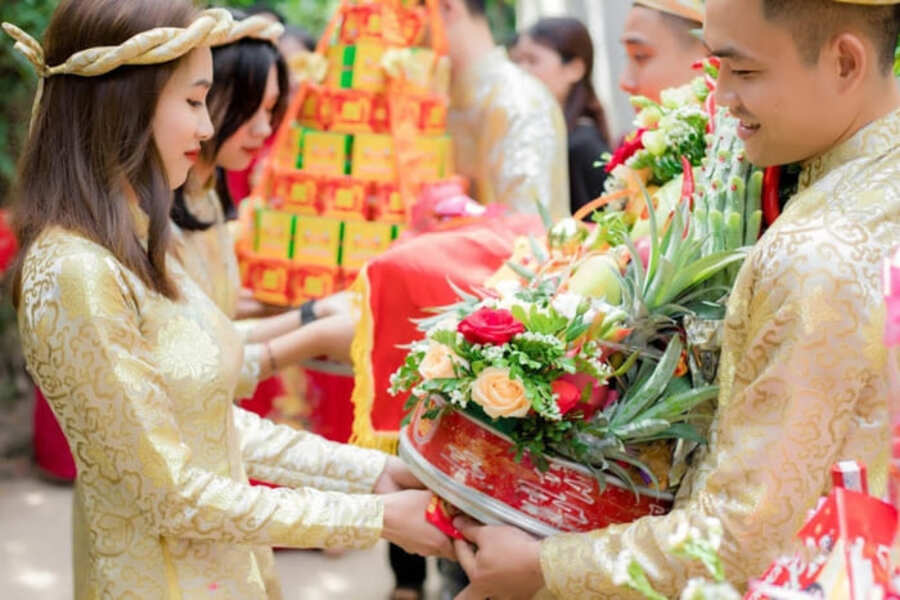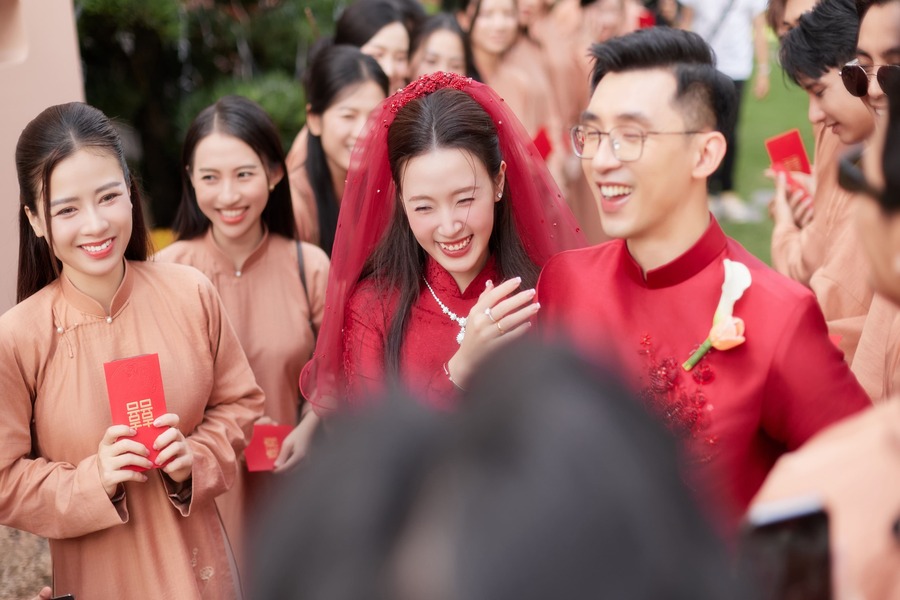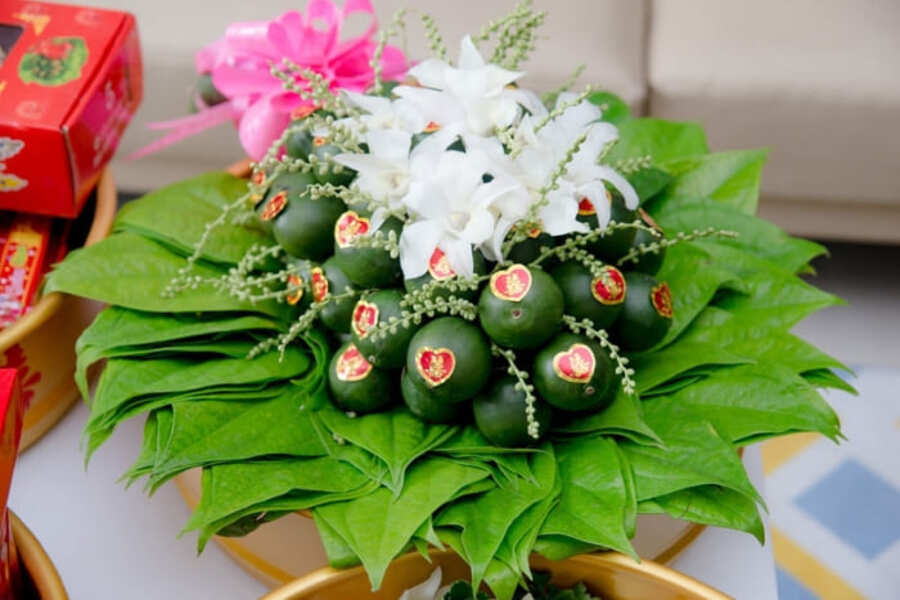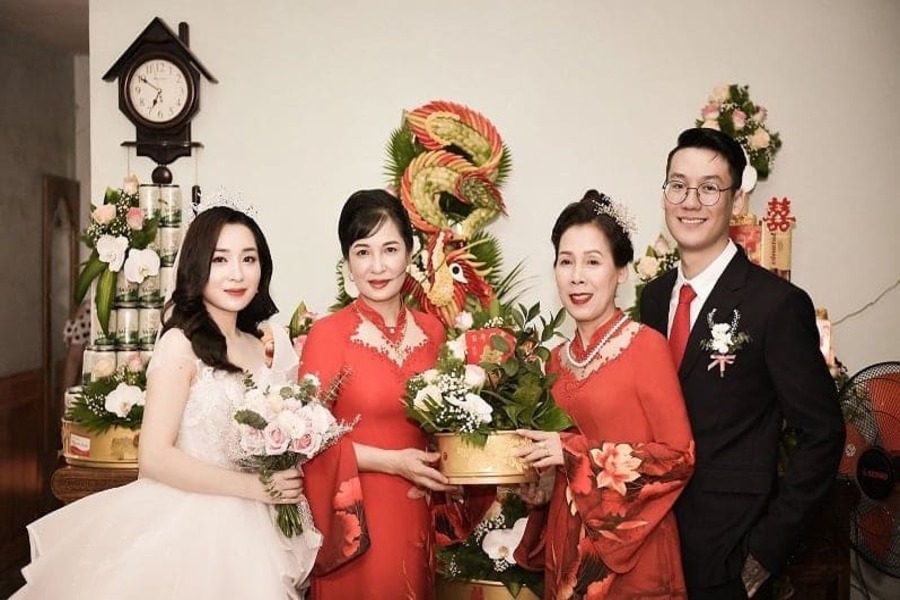Vietnamese traditional weddings are among the most culturally rich and symbolically meaningful ceremonies in Southeast Asia. Deeply rooted in Vietnamese culture on marriage, these weddings are not just about uniting two people; they are the harmonious merging of two families, two histories, and two generations. For travelers exploring Southeast Asia through Vietnam Cambodia and Laos tours, witnessing or learning about Vietnamese traditional weddings offers a truly immersive cultural experience. This article will walk you through the intricate Vietnamese wedding customs, traditional attire, ceremonial procedures, and things shouldn’t do.
Pre-Wedding Rituals in Vietnamese Wedding Customs
A Vietnamese traditional wedding involves several stages, each filled with cultural meaning and spiritual significance. Here are the key rituals leading up to the big day:
1. The Proposal Ceremony
This is the very first meeting between the two families. The groom’s parents visit the bride’s family with gifts like betel leaves, areca nuts, and tea. This ceremony serves as a formal intention of marriage and opens up further discussions about wedding arrangements.
2. The Engagement Ceremony

The engagement is more elaborate, involving a procession led by the groom’s family bringing beautifully decorated trays containing traditional gifts. These typically include tea, wine, fruits, cakes, and jewelry – presented in even numbers, usually 6 or 8 trays, symbolizing luck and prosperity.
Both families then conduct a small ceremony to honor the ancestors, a vital practice in Vietnamese wedding customs.
The Wedding Day: Vietnamese Traditional Weddings in Full Splendor
On the wedding day, you’ll witness a blend of vibrant traditions, solemn rituals, and joyful celebration. Let’s break it down into key moments:
1. The Bride’s Family Ceremony
Early in the morning, the groom’s family arrives at the bride’s house with gifts and offerings. After introductions, a small ancestral ceremony is performed, where the couple prays in front of the family altar, seeking blessings from ancestors.
The bride then bids farewell to her family in an emotional yet dignified moment, ready to leave for the groom’s house.
2. The Procession to the Groom’s House
The groom’s family formally takes the bride to their house in a festive convoy, often accompanied by music, laughter, and traditional costumes. This ritual signifies the bride becoming a part of the groom’s family.
3. The Official Wedding Ceremony
At the groom’s house, another ancestral ceremony takes place. The couple makes offerings and prays at the family altar. Parents and elders then give blessings, advice, and sometimes, red envelopes with money for good luck.

A reception usually follows, where guests celebrate with food, music, and lots of joyful toasts.
Traditional Vietnamese Wedding Customs
One of the most visually captivating aspects of Vietnamese traditional weddings is the attire. It blends elegance with symbolism, often featuring the famous Ao Dai.
For the Bride
The bride typically wears a red or pink Ao Dai, embroidered with phoenix and dragon motifs – symbols of harmony and happiness. A matching khan dong (circular headdress) completes the look.
For the Groom
The groom also dons an Ao Dai, often in darker shades, accompanied by a formal headpiece. In modern weddings, some grooms choose suits, but many still honor tradition with this iconic outfit.
Taboos to avoid
In Vietnam, Vietnamese traditional weddings are highly spiritual, and certain actions are believed to bring either good fortune or misfortune. There are some taboos that should be avoided.

1. Avoiding the Same Zodiac Year
If the bride and groom share the same zodiac animal year, it is believed they are not a good match. This belief stems from the compatibility rules in Eastern astrology.
2. Pregnancy Before Marriage
Traditionally, it’s considered bad luck if a woman is visibly pregnant during her wedding, as it supposedly invites gossip and diminishes ancestral respect.
3. Sweeping the Floor
No sweeping the floor on the wedding day! It’s believed this would “sweep away” the family’s luck and prosperity.
4. Wearing White or Black
Guests are advised not to wear black or white to the wedding, as these colors are traditionally associated with funerals in Vietnamese culture.
5. Seeing the Bride Before the Ceremony
Much like in Western traditions, the groom is not supposed to see the bride in her wedding attire before the official ceremony. Doing so is said to bring bad luck.


0 Comment